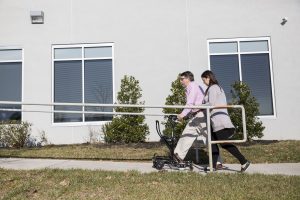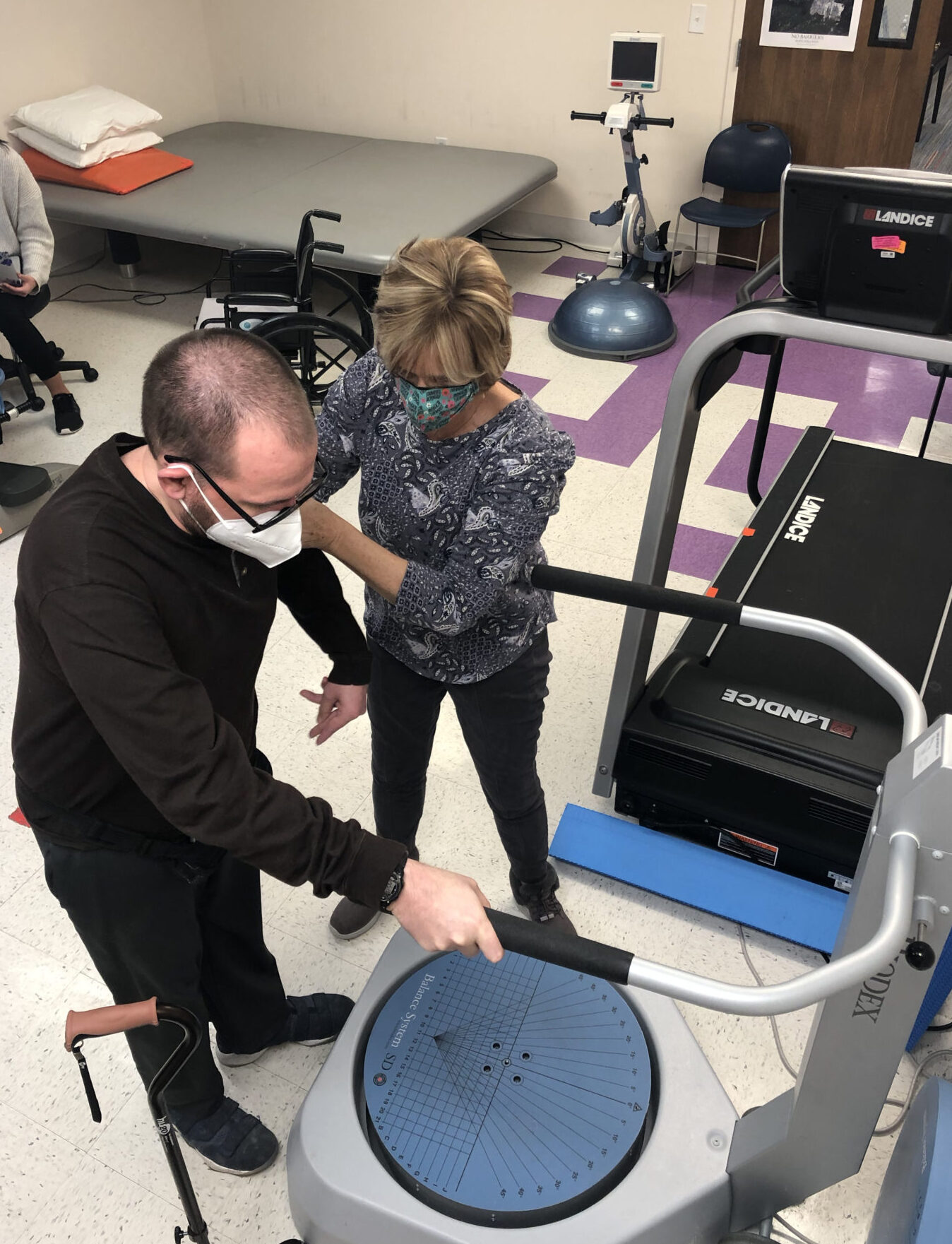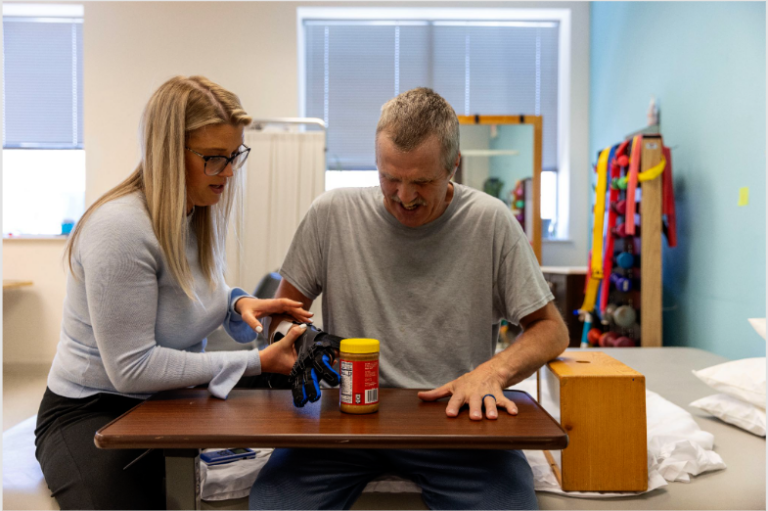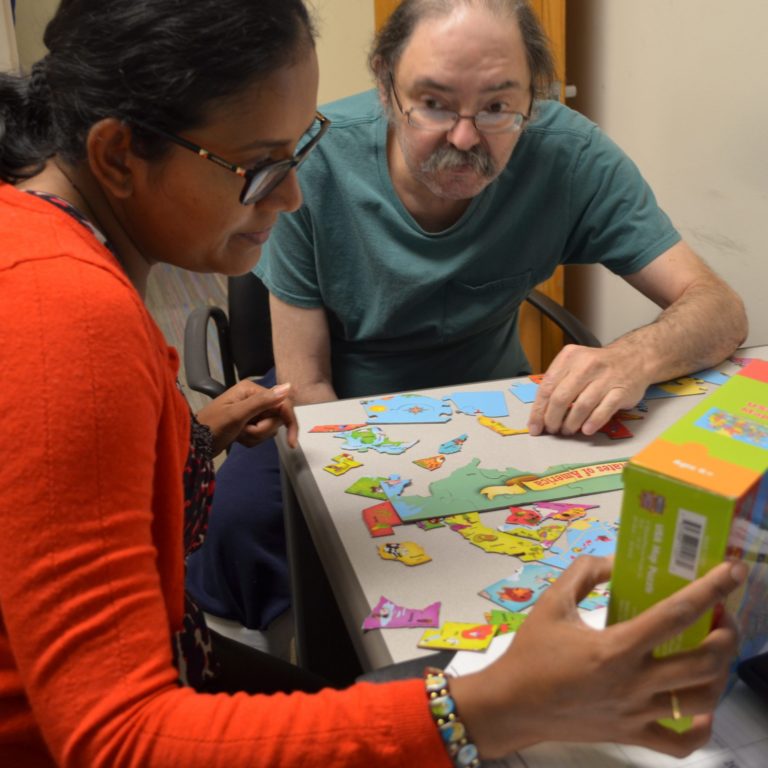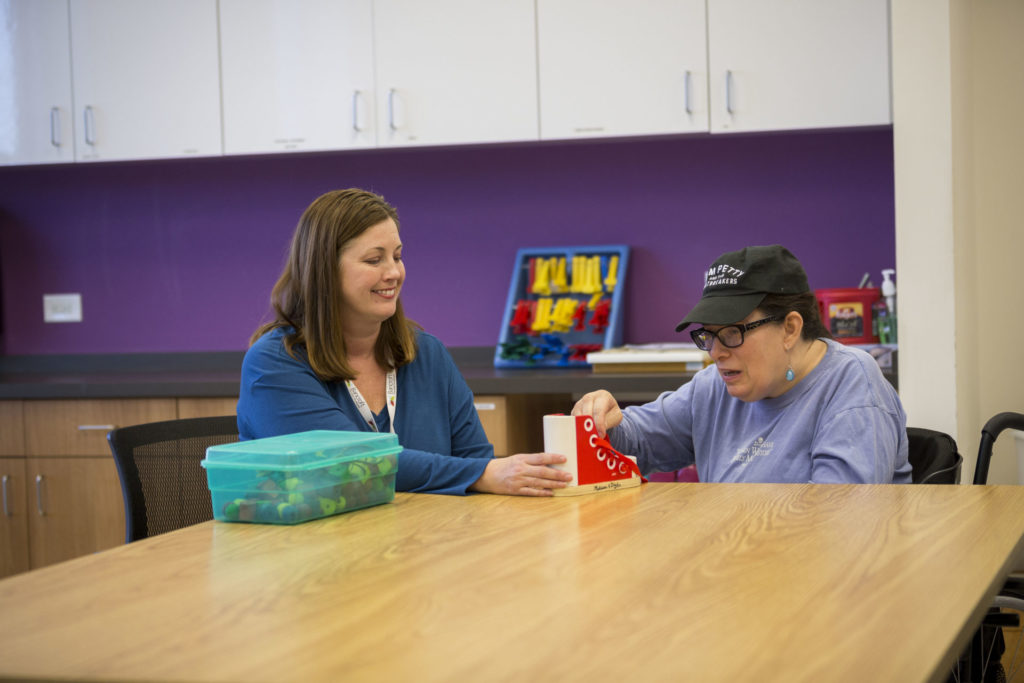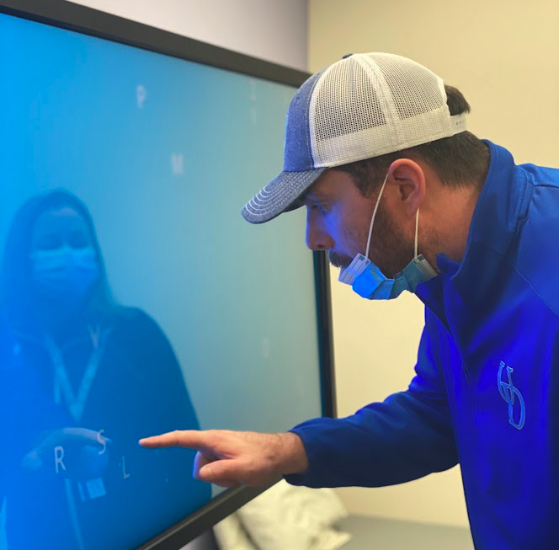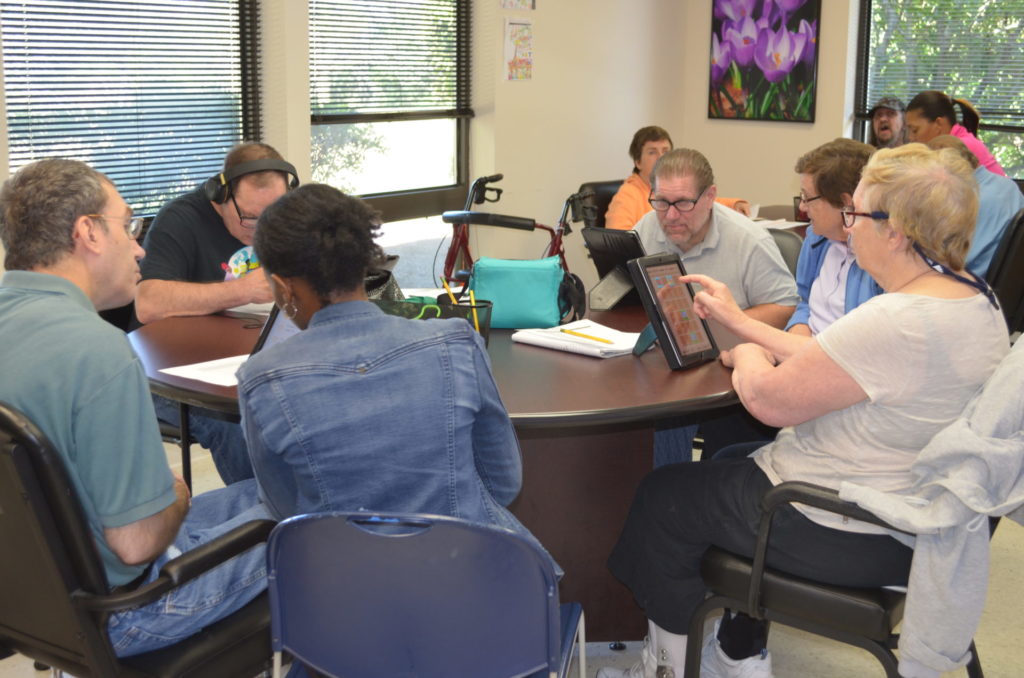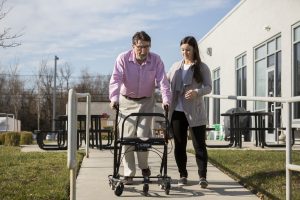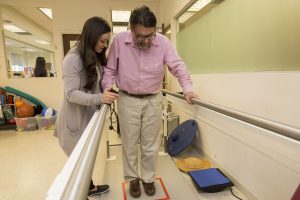Getting back on your feet after brain injury — no matter how long it takes to get there.
|
|
6ABC Highlights Progress 35 Years After a Brain Injury
Andy Rooney was 25 years old on Dec. 31, 1982. A bachelor and self-described “gym rat,” Rooney lived at home with his parents in Oaklyn, New Jersey. He delivered mail for the U.S. Postal Service by day, and worked on cars at the auto body shop he co-owned late into the night.But a car accident during his mail route on that New Year’s Eve changed the trajectory of his life. Another driver struck Rooney’s mail truck, throwing him from the vehicle and causing catastrophic injuries.
The crash left Rooney in a coma for nearly a month. When he awoke, he faced a long and uncertain road.
In this new reality, Andy, who was accustomed to running 5 miles every morning, was wheelchair bound. He was unable to go back to work delivering mail, and wasn’t mobile enough to resume his passion, working on cars. “Everything was off-kilter,” he recalls.Rooney did the best he could to find his new normal. His parents helped secure him outpatient therapy services, and within a few months, he resumed some upper-body and leg exercises he could do using gym equipment in his parents’ basement.
|
|
His “run” was now aided by his father, who would push Andy in his wheelchair to the nearby Oaklyn Swim Club, where Andy would be wheeled in laps around the outside of the pool. The pair would spend the rest of the day socializing with other members. Andy adjusted to his new reality, maintaining his positive outlook throughout the next years, but he knew his parents were aging.
“Everybody always asks me whether it was hard when my parents died – but I knew they were getting older, and it was inevitable,” Rooney says. “So I just continued to live my life. I’ve always been upbeat and I wasn’t going to let anything get me down.”
Rooney’s father passed away in 2009, followed by his mother in 2016. Suddenly, Andy faced a new challenge: Where would he live, and who would help care for him? His brother’s work commitments took him away from home too often to provide the level of care he needed. The answer, initially, was to move Andy into a nursing home a short time after his mother’s death. But the thought of Andy – in his late 50s, mentally sound and otherwise capable of leading a full, relatively independent life – was hard to accept. The Rooneys found their answer in Bancroft NeuroRehab’s residential rehabilitation program. Andy moved into his own supervised apartment in September 2016, where he and a roommate live independently with the help of staff who assist with daily tasks and things like mastering new technology – including the Amazon Kindle that serves as Andy’s day planner. His days begin between 4 and 5 a.m., with a workout that includes sit-ups, leg lifts, push-ups and curls with 20-lb weights. Monday through Friday, he attends outpatient therapy sessions at Bancroft NeuroRehab’s Resnick Center in Mt. Laurel. In addition to physical therapy, Resnick staff work with him on life-skills development and even pre-vocational training.
|
|
What future work might entail is open to discussion: Andy sees himself potentially mentoring a new generation of people interested in auto body work, painting and detailing cars as he once loved to do.“Andy’s story is proof that progress is always possible, no matter your age, and no matter how long your road to recovery has been,” said Joan Roush, Senior Vice President of Bancroft NeuroRehab.At home, he’s learned to cook — waffles are his specialty — and does his own laundry. And Rooney – who was largely wheelchair bound for most of the 35 years since his accident — is able to stand on his own, and walk short distances with the assistance of a walker.